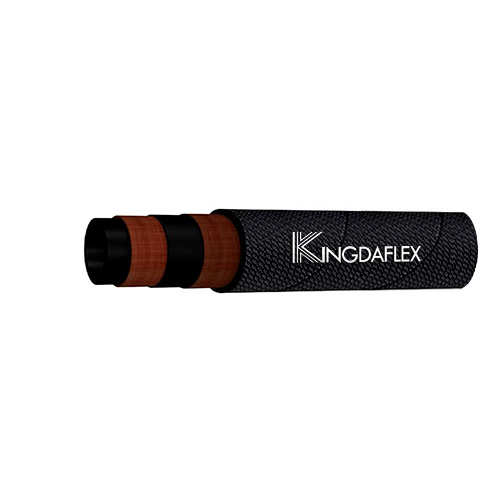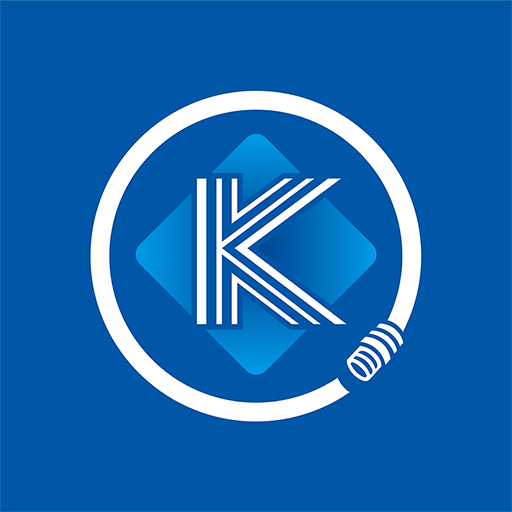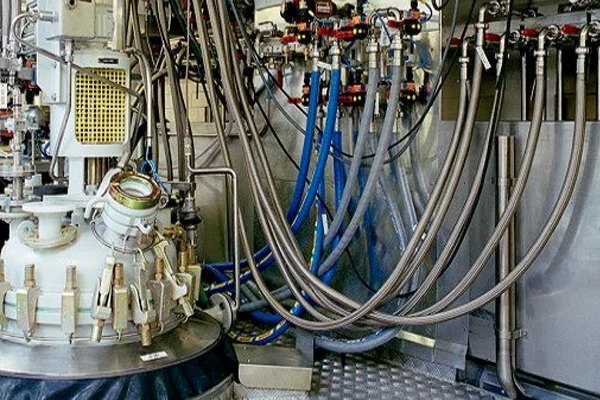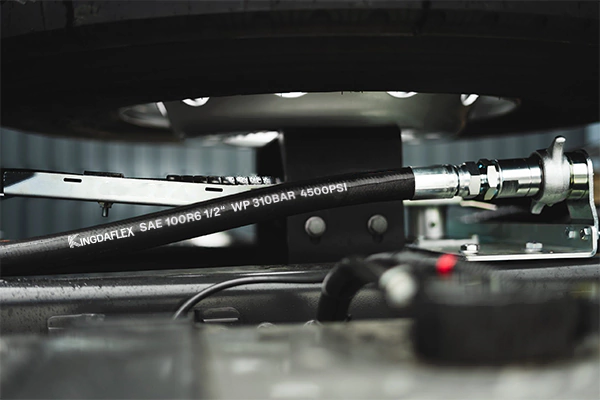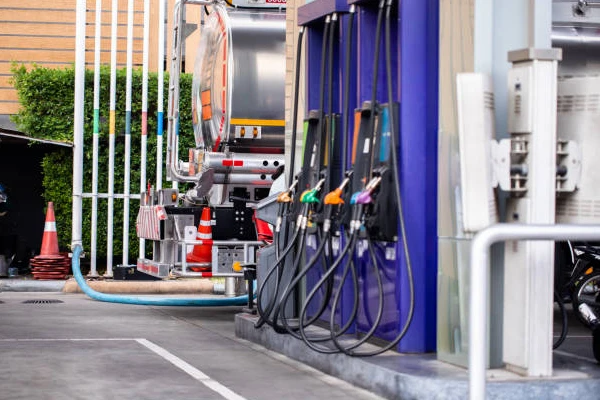The success of any sandblasting project depends on a critical combination: the right media and the right equipment. While a powerful air compressor and a quality nozzle are important, your choice of sandblasting media directly impacts the performance and lifespan of your sandblast hose. Using the wrong media can lead to inefficient work, frequent clogs, and premature hose wear.
This guide will help you navigate the world of sandblasting media and teach you how to select the best type for your specific needs. By understanding the properties of different abrasives, you can ensure a smooth, efficient operation, reduce maintenance costs, and extend the life of your valuable sandblast hose.
What is Sandblasting Media?
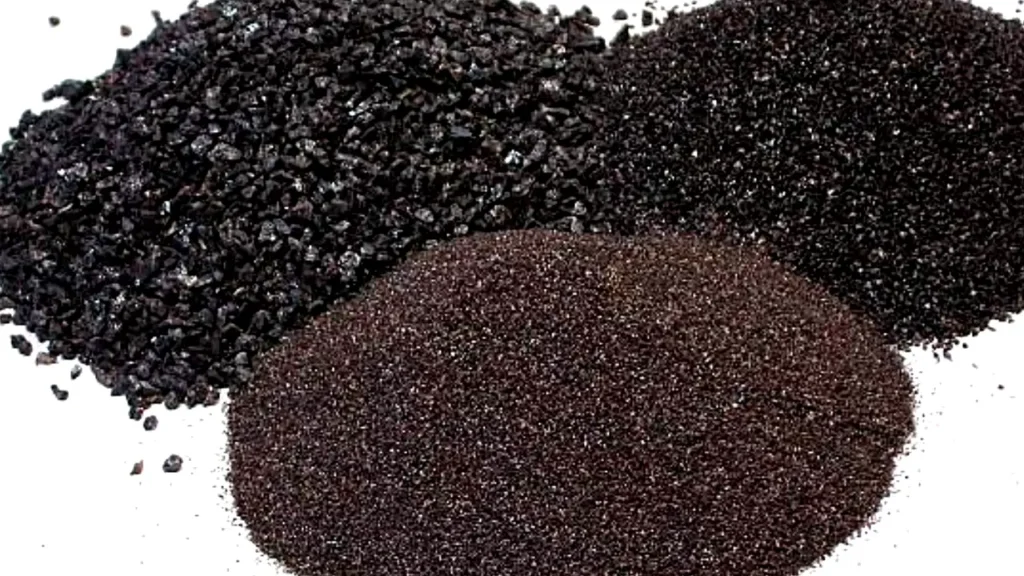
Sandblasting media refers to the abrasive material used in the sandblasting process to clean, etch, or shape a surface. While the term “sand” is still commonly used, a wide variety of materials with different properties are employed today to suit specific applications.
The choice of media is critical and depends on factors like the hardness of the surface being treated, the desired finish, and the environmental or safety considerations of the project. Abrasive media can be made from natural minerals, recycled materials, or manufactured substances, each with a unique profile in terms of its cutting aggressiveness, dust creation, and reusability.
Different Types of Sandblasting Media
Sandblasting media comes in a wide variety of types, each with unique properties that make it suitable for different tasks. The choice of media is crucial for achieving the desired result, whether you’re aggressively stripping a surface or performing a delicate cleaning.
Glass Beads
Glass beads are small, spherical abrasives made from recycled glass. Because they are round, they peen and clean a surface rather than cutting it, making them ideal for a wide range of applications from light cleaning to peening. They are a good choice for removing calcium deposits, rust, and surface contaminants from sensitive materials like aluminum, stainless steel, and glass without damaging the underlying surface.
Aluminum Oxide
Aluminum oxide is an aggressive and sharp abrasive that is very hard, making it a great choice for fast stripping and surface preparation. It is the most widely used blasting abrasive in the world because of its effectiveness and low cost. It is often used for preparing surfaces for thermal spray coatings, bonding applications, and etching. Aluminum oxide is recyclable and can be used many times before it breaks down.
Steel Grit
Steel grit is made from crushed steel shot. Its sharp, angular shape makes it very aggressive and effective for removing thick coatings, rust, and scale from steel surfaces. Because it is so durable, it can be recycled many times, making it a cost-effective option for large-scale industrial projects like shipbuilding and bridge maintenance. It creates a deep, clean surface profile that is excellent for paint adhesion.
Walnut Shells
Walnut shells are a type of soft, organic abrasive made from crushed walnut shells. They are non-toxic, biodegradable, and non-abrasive, making them perfect for cleaning delicate surfaces without causing damage. They are commonly used for cleaning plastics, fiberglass, and wood, as well as for removing carbon from engine parts and for stripping paint without harming the material underneath.
Garnet
Garnet is a natural mineral abrasive known for its hardness and sharp, angular shape. It is a highly effective and fast-cutting abrasive that is also low-dust, making it a popular choice for both wet and dry blasting applications. It is often used for cleaning and preparing surfaces in oil and gas, shipbuilding, and construction industries due to its superior performance and reduced health risks compared to silica sand.
Best Media for Sandblast Hose
The best media for a sandblast hose are those that are hard enough to be effective but durable enough to resist shattering, which can cause excessive dust and accelerated hose wear. The key to maximizing hose life is using media with a high degree of recyclability and low friability, meaning they are less likely to break down upon impact.
Angular media can be very abrasive on the inner tube, while rounder media tends to be less aggressive.
- Steel Grit and Steel Shot: These are among the most durable and long-lasting media. Their hardness and density allow for multiple passes through the hose with minimal breakdown, which significantly extends the hose’s lifespan and reduces the overall cost of media.
- Garnet: A natural mineral with a sharp, angular shape and high hardness. It is known for being low-dust and highly effective. Garnet’s durability allows it to be reused multiple times, making it a good choice for hose longevity while still providing an excellent surface profile.
- Aluminum Oxide: A very hard, sharp, and fast-cutting abrasive. While it is more aggressive on hoses, its exceptional hardness and consistent particle size make it highly efficient. It can be recycled, which helps offset some of the abrasive wear it puts on the hose.
How to Reuse Sandblasting Media?
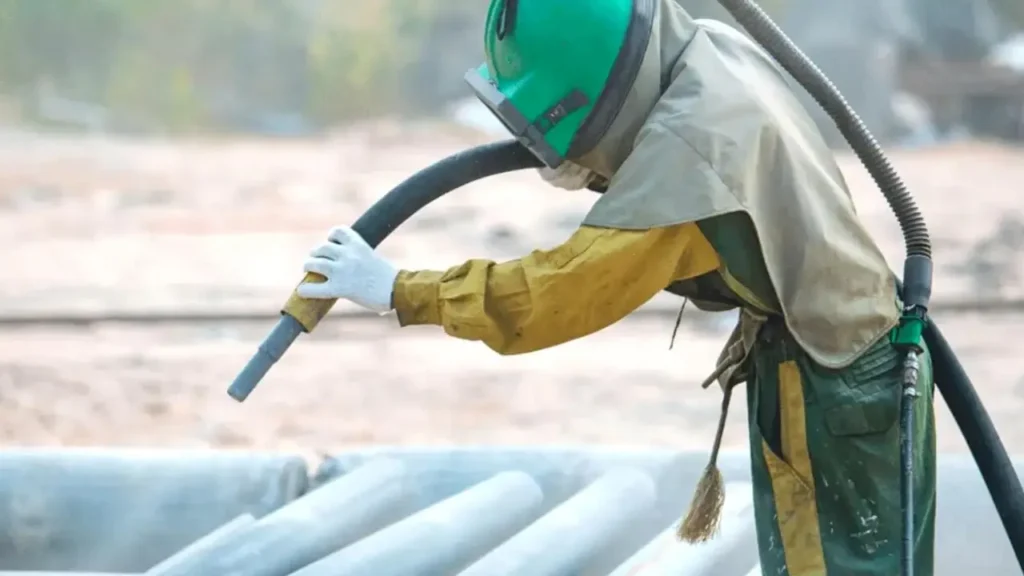
Some sandblasting media can be reused, which significantly reduces costs and waste. The reusability of media largely depends on its durability and hardness. Materials like steel grit and glass beads are highly durable and can be recycled multiple times, while softer media like walnut shells and corn cob grit are more fragile and often single-use. The process of reusing media involves collecting the used abrasive, separating it from contaminants, and then sorting it by size to ensure consistent performance for subsequent blasting jobs.
- Collection and Recovery: After blasting, the media and contaminants (e.g., paint chips, rust) are collected from the blast area. This can be done manually or with a specialized vacuum recovery system that draws the media into a hopper.
- Cleaning and Separation: The collected media is then run through a separator, which removes dust, paint flakes, and other debris. Magnetic separators are used for ferrous media like steel grit, while vibrating screens or air classifiers are used for non-ferrous media to separate reusable grains from waste.
- Sizing and Storage: The clean, reusable media is then sorted into different size grades. This ensures that the media used in future jobs is of a consistent size, which is critical for maintaining a uniform surface profile and preventing clogs in your sandblast hose and nozzle.
Conclusion
In conclusion, the media you choose for sandblasting is not a minor detail—it is a fundamental factor that influences the efficiency, safety, and longevity of your equipment, especially your sandblast hose. Matching the media’s hardness and shape to your project’s needs is key to preventing clogs, minimizing internal hose abrasion, and ensuring a consistent flow rate for optimal results on every job.
By carefully considering the relationship between abrasive media and hose performance, you can significantly reduce wear and tear, save money on costly replacements, and ensure your blasting system operates at peak efficiency. This strategic approach transforms a simple process into a highly effective and cost-efficient operation, setting you up for professional-grade results.
For professionals who demand the highest standards, choosing a reliable hose is just as important as choosing the right media. At Kingdaflex, we offer high-quality wholesale sandblast hoses built to withstand the toughest abrasive media. Our hoses are engineered for maximum durability, ensuring a longer service life and reliable performance. Choose Kingdaflex for hoses you can depend on.

